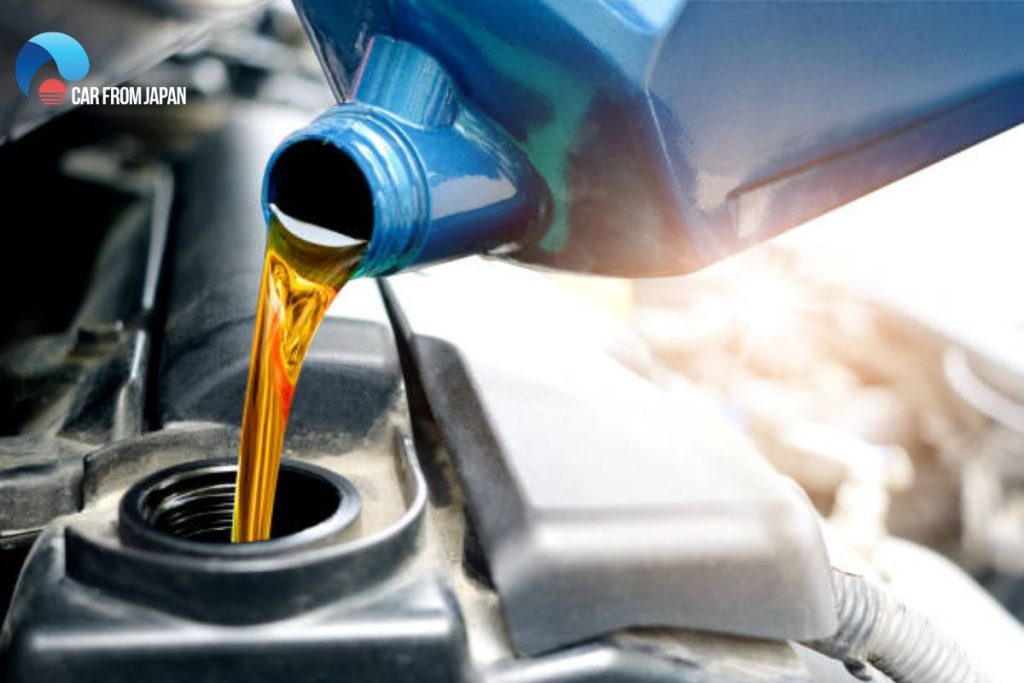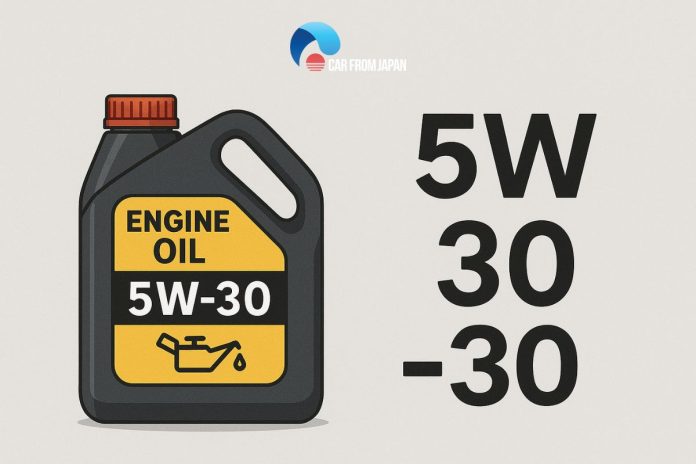Grabbing the wrong bottle of oil can be a damaging and costly mistake for your engine. Those numbers, like 5W-30 or 0W-20, aren’t just suggestions—they’re specific instructions for your car. Let’s quickly go over what do the numbers on oil mean? So you always make the right choice at the auto parts store.
Contents
What Do The Numbers On Oil Mean? Know Here
Generally, the numbers on the engine oil represent its thickness or thinness. There are various alphabets on the panel also. These alphabets represent the temperature requirement of the oil.
Following this number system every time you change the oil is necessary. It is to keep the function normal.
Most people do not consider looking at these numbers. They usually take the car to the service center and ask the professional to change the oil. But it is necessary to choose the perfect type and quality of the oil. It will help to keep the car running for a long time.
The numbers on the engine oil generally say 10W30 or 5W30. These numbers represent viscosity and temperature. The number on the left of the alphabet is for viscosity when the temperature is low, and on the right it is for higher temperatures.
Let us know the factors that relate to this topic in detail.

Viscosity
When wondering what do the numbers on oil mean, knowing the viscosity of the oil you are using is important. Whether you are changing oil by yourself or a professional is doing it for you, make sure you know how thick or thin it is.
Viscosity refers to the thickness or thinness of the oil. The latest engine oils are two grades. One is for lower temperature, and other is for higher.
The W in 10W40 stands for winter. It is to identify the characteristics of the oil according to the temperature.
These numbers on the bottles notify oil flow inside the engine. The oil will flow like 10 weight oil at lower temperatures and 40-weight oil at a hotter temperature.
Oil Category
The term refers to the two kinds of automobile engines- Petrol and Diesel. Using the lubricant that goes perfectly with your vehicle’s engine type is necessary.
Most oil manufacturing companies use S for petrol base engine oils and C for diesel ones. It is necessary to confirm the oil type before every oil change. Doing so will surely increase engine life. The engine parts will work and run in top condition.
The latest technology engine oils work perfectly with both Petrol and Diesel engines. There is no specific engine type and you can use the lubricant in any car type.
According to the expert maintenance tips, checking oil specifications would be an ideal choice.
The Golden Rule: Always Follow Your Owner’s Manual

Now that you know what the numbers mean, which one should you buy? The answer is simple: use the one your car’s manufacturer recommends.
Check your owner’s manual or look for the recommendation printed right on the oil cap on your engine. Engineers have designed your specific engine to work perfectly with a certain oil viscosity. Using the wrong one can lower your gas mileage and, in some cases, cause long-term engine damage.
Conclusion
So now you know the code on the bottle is no longer a mystery. The first number with the “W” is for Winter cold starts, and the second number is for hot-running protection. Just match those numbers to what your car’s manufacturer recommends, and you’ll be giving your engine exactly what it needs to live a long, healthy life.
That is all about the numbers on the engine oil bottles. Hope you now have a complete understanding of what do the numbers on oil mean.



